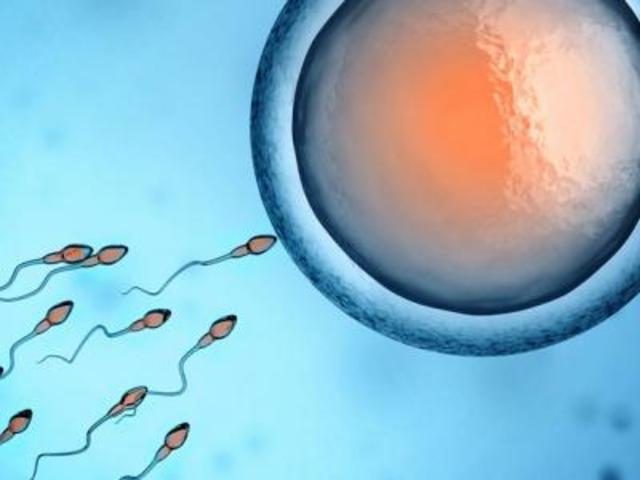5 Myths About Fertilization

Throughout the world there are many myths about fertilization, fertility, and pregnancy.
Although we now have the Internet and social media where you can find thousands of research studies and specialists to debunk these myths, there are those who – even after researching and knowing the facts – still cross their fingers behind their backs.
Whether you are a believer or not, today we bring you 5 myths about fertilization that are still around.
The 5 Most Well-Known Myths About Fertilization
Myth 1
You have a better chance of getting pregnant if you put your feet up and elevate your pelvis after sex. You must stay in this position for a while. This position makes it easier for sperm to swim to the egg and for some of them to fertilize.
Myth 1 debunked
Sperm move on their own. Every time they are released in seminal fluid, they start to race forward without returning to the egg. Their only goal is to fertilize the egg and they will “bet their lives” on this mission.
Gravity neither accelerates their pace nor slows it. You can lay on your stomach, hang upside down by your feet, or do whatever you want. If the conditions for fertilization are in place, one of your partner’s sperm will reach your egg and fertilize it.
Myth 2
The date that you get pregnant will determine whether you have a boy or a girl. Also, if your tummy grows in one way or another, you can tell if you are expecting a girl or a boy.
Fertilization is the business of creating life, joy, and unsuspected emotions; This process occurs quietly, blindly and gives no sign to hopeful parents, except of course for when it already has a treasure to show them.
You can also undergo tests such as the scissors test and knife test to find out the sex before your baby is born; Or just by looking at your face you can tell what you are going to have. These never fail.
Myth 2 Debunked

False. The day of the year, the hour, the month or the century have nothing to do with the sex of your child, neither does your belly being pointed or growing in the shape of a ball, or if you sit on a pair of scissors or a knife, if your nose swells, if you get spots on your face, or if you look more or less beautiful.
The sex of your future baby is determined by a pair of chromosomes that are responsible for “making” a girl (XX) or a boy (XY), and you will be able to know for sure only if you have an ultrasound exam where your baby can be seen clearly.
Myth 3
Now that you’re pregnant, you have to eat for two and at all hours of the day.
Myth 3 debunked
During your pregnancy you do not have to eat twice as much. In fact, doing so can be quite damaging to both the mother and her child. This can cause excess weight gain which can lead to complications such as gestational diabetes and preeclampsia.
During pregnancy you have to maximize your diet. Eat enough healthy food to satisfy the nutritional requirements of your pregnant body as well as the baby that is growing in your womb.
Minerals, carbohydrates, fats, vitamins, and fiber must all be incorporated into your diet, but all in proper moderation. Increase your intake of fruits and vegetables, drink lots of water and spread meals out throughout the day to avoid feeling stuffed.
Myth 4
It is difficult to get pregnant your first time having sex. In fact, it’s almost impossible.
Myth 4 Debunked

This could not be more untrue. As long as a woman and her sexual partner are fertile and conditions for conceiving are created in the uterus, you can become pregnant regardless of whether it is your first sexual encounter or not.
Myth 5
The more sex you have, the more likely you are to get pregnant.
Myth 5 debunked
While a fertile man can impregnate a woman at any time, women only have certain days when they are able to get pregnant.
No matter how often you have sex during the month, if you don’t have sex during your fertile days, you won’t conceive a child.
This text is provided for informational purposes only and does not replace consultation with a professional. If in doubt, consult your specialist.
